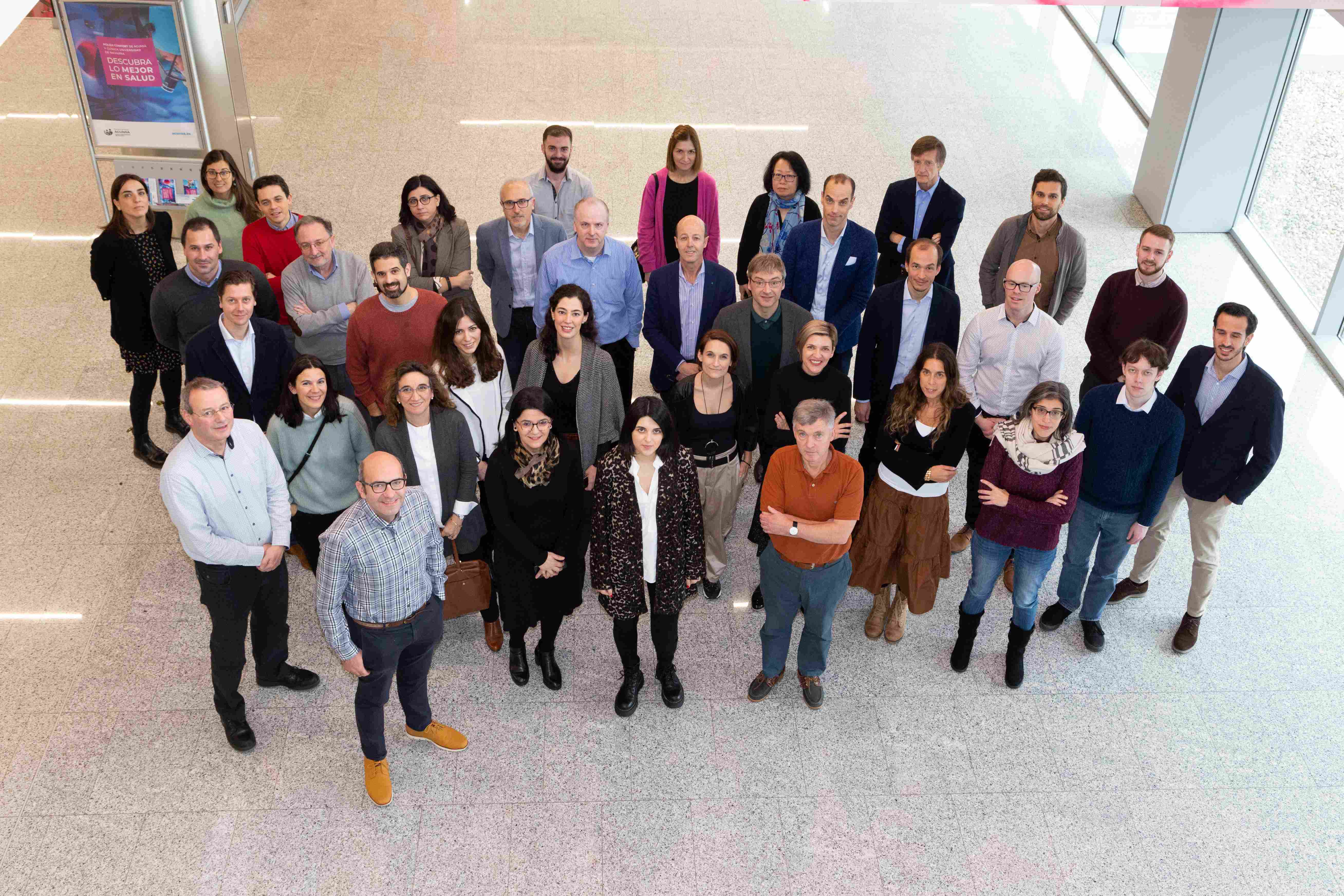What do we do in TMElab?
We try to cover all facets of a research group: fundamental research, translation to clinics, technology transfer to industry, and high-level training. We currently have a few projects in our hands, funded mainly by the European Commission.
Today we´ll tell you about BRAV3 PROJECT / Computational Biomechanics and Bioengineering 3D printing to develop a personalized regenerative biological ventricular assist device to provide lasting functional support to damaged hearts(G.A. no 874827).


Three research groups from the Aragón Engineering Research Institute (I3A) of the University of Zaragoza (TME Lab, AMB, and BSiCOS) participate in the European BRAVƎ project. In addition, 14 European institutions from six countries, led by the Clínica Universitaria de Navarra, work in this project, funded with eight million euros by The European Commission, within the Horizon 2020 Program.
The objective is to develop a biological device, which they have called BioVAD* (Biological Ventricular Assisting Device), to replace the mechanical ventricular function of the heart after suffering a mild heart attack. Current devices do not offer a durable solution since they rarely exceed five years of useful life.
*This biological ventricular assist device aims to replace mechanical devices, which are often used in patients who have suffered a mild heart attack, and will have a very demanding heart, are awaiting a transplant, or suffer from temporary heart failure. It will be made up of a cellularized mesh, made of biocompatible plastic, seeded with a biogel and induced pluripotent stem cells, obtained from the patient himself. That mesh will be placed around the myocardium, and when the cells, the cardiomyocytes, begin to interact with the heart, we hope they will help it contract in the right direction and time. The meshes will be designed using 3D molding techniques and computer simulation to be completely customizable and adaptable to the characteristics and needs of the patient.
The five-year project is now focused on preclinical research in big animals. After the first tests, implantation and in vivo follow-up in an animal model will soon be carried out to confirm its efficacy in the following months.
For more information check the project website: https://projectbrave.eu/


Picture: Partners kick-off meeting of the project


